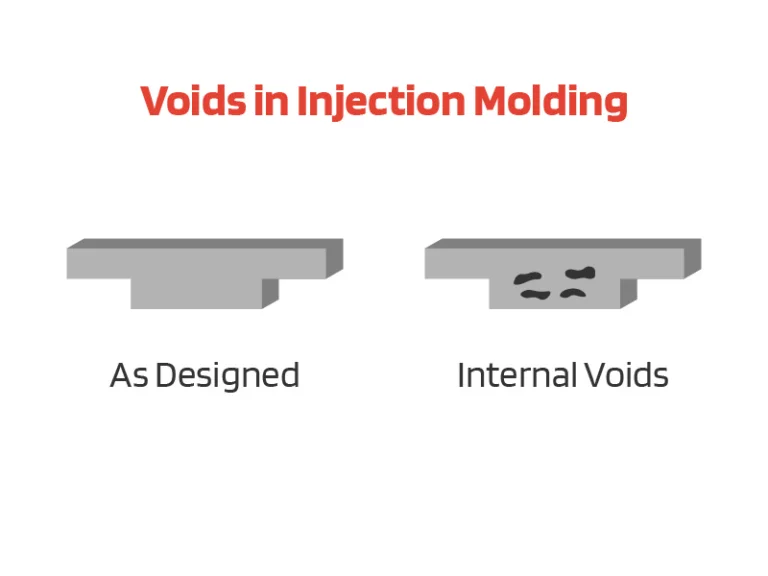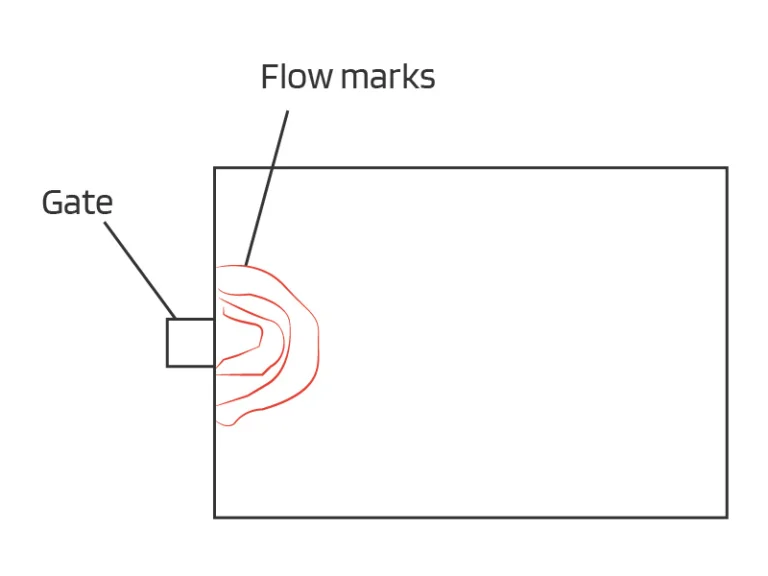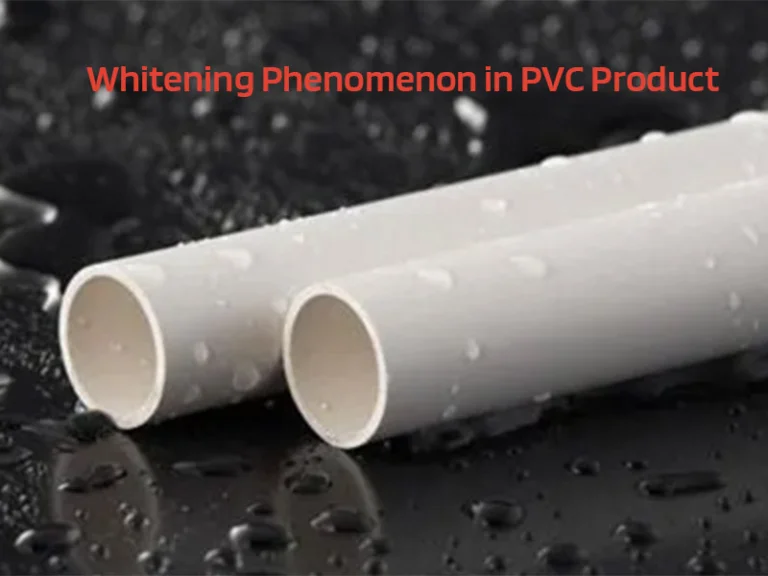Selection of type of injection mold depends on the part geometry, tool design, production volumes and budget. Types of injection mold affect component quality and manufacturing cost. In this article we will discuss various types of injection molds and their construction injection molds are classified based on:
1 Fencing system
2.Number of parts
3.Mold Opening
Types of Injection Mold Based on Feeding System
Based on how molten plastic comes inside custom injection molds. Injection molds are classified into two types, Read this article to know in detail about hot runner and cold runner injection molds.
Hot runner injection mold
Hot runner injection molds consist of a heated physical channel that is used to direct molten plastic into an injection mold tool cavity after it leaves the nozzle.
In this system, the runners are part of the injection mold. Runner temperature is kept above the plastic melting point.
Cold runner injection mold
Cold runner injection molds consist of an unheated physical channel that is used to direct molten plastic into the injection mold tool cavity after it leaves the nozzle.
In this system, the runner is cooled and ejected with the part. After the complete cycle runner is removed from the injection molded part.
Types of Injection Mold Based on the number of Cavities
Injection molds are also classified based on the number of parts produced per injection cycle. Read this article to know in detail about the single cavity and multi-cavity family mold.
Single cavity injection mold type
Single cavity mold produces a single part per cycle. The initial investment is lower but the unit part cost will be higher for a single cavity tool. It is used for low production rates.
Instead of multi-cavity, a single cavity tool is used to ensure production is always running even if there is a breakdown in one mold.
Single cavity mold will have flexibility in controlling the injection molding process.
Multi cavities injection mold
Multi cavity injection mold produces more than one part per cycle. The initial investment cost is higher but the unit part cost is low for the multi-cavity injection tool.
Multi cavity molds are used to increase the production rate.
The cost of a multi-cavity injection mold is higher as compared to a single cavity mold.
A higher tonnage machine is required to run a multi-cavity mold as compared to a single cavity mold.
Family injection mold
Family injection mold produces two or more different parts per injection cycle. Overall tool cost is reduced in family molds. Because different parts can be manufactured in single mold. Injection-molded parts in family mold shall be of the same material and color.
Types of Injection Mold Based on Mold Opening
Based on how core separates with cavity injection molds are classified into two types. Read this article for more detail on two plates and three plate mold here.
Two plate injection mold
Two plate injection mold consists of one parting plane and the mold splits into two halves at the parting plane. Two Plate injection molds are used for parts that are typically gated on or around their edge.
Three plate injection mold
Three plate injection mold consists of two parting planes and the mold splits into three sections when the part is ejected. This runner system can be located on one parting plane and the part on the other. Three plate injection molds have flexibility in gating location. A part can be gated anywhere along its surface.
Conclusion
To sum up, selection of the types of injection molds depends on the part geometry, tool design, required quality, and production volumes. Got Questions? We will be happy to help.




